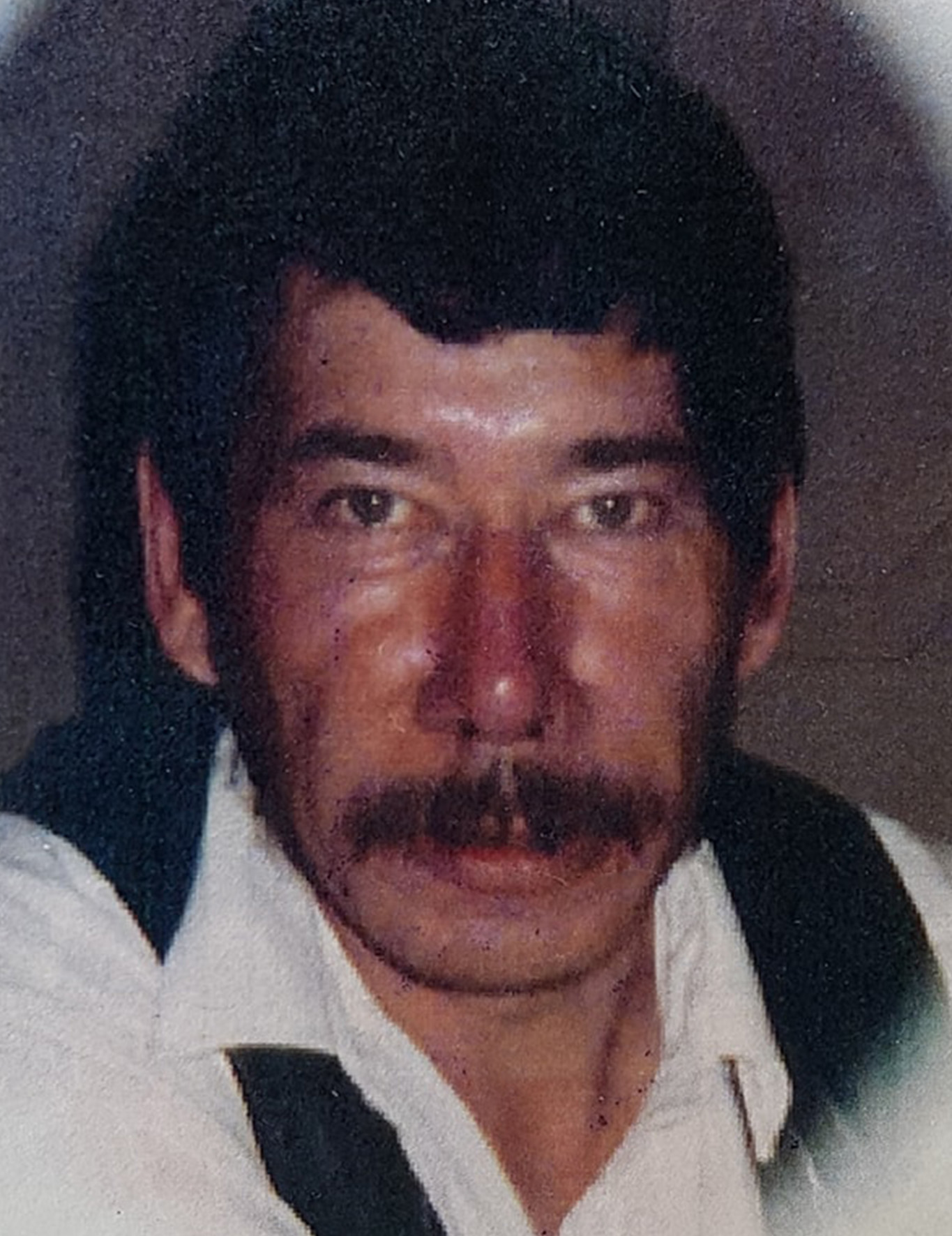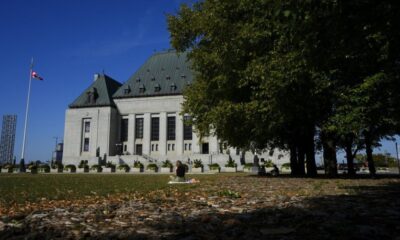Politics
Federal Justice Minister Seeks Review of 1974 Murder Conviction

On March 4, 2024, Sean Fraser, Canada’s federal Justice Minister, announced he has requested the Manitoba Court of Appeal to review the 1974 murder conviction of Russell Woodhouse, who passed away in 2011. This marks a significant moment in Canadian legal history, as it represents the first time a federal attorney general has sought a judicial review following the death of an applicant.
If the court finds in favor of a posthumous review, Woodhouse could become the fourth individual linked to this case to be exonerated. His co-accused, Brian Anderson, Allan Woodhouse, and Clarence Woodhouse, were declared innocent of the murder of restaurant worker Ting Fong Chan by the Manitoba Court of King’s Bench. This decision followed an extensive investigation by Innocence Canada, which revealed that evidence presented during the original trial had been fabricated by police.
Legal Implications of a Posthumous Review
The significance of reviewing a 51-year-old murder conviction cannot be overstated. Minister Fraser expressed a sense of obligation to intervene, largely due to the unwavering efforts of Woodhouse’s family to clear his name. They have been supported by Innocence Canada, which has tirelessly advocated for a comprehensive review of Woodhouse’s case.
The recent decision from Ottawa has revitalized this case, positioning it as one of the most notable instances of the legal system addressing wrongful convictions in Canada. Last year, Glenn Joyal, Chief Justice of the Court of King’s Bench, made history when he acquitted the three other men involved in the murder, acknowledging their innocence after decades of wrongful imprisonment.
Typically, when courts review wrongful convictions, they often stop short of declaring individuals legally innocent. Instead, many cases conclude with charges being stayed, which leaves individuals in a state of legal limbo. This practice has drawn criticism from advocates who argue that it perpetuates suspicion against those wrongfully convicted.
Advocacy and Historical Context
Advocates for the wrongfully convicted have long contended that a failure of justice should lead to a formal declaration of innocence. They argue that if an investigation or prosecution is proven to be flawed or corrupt, then it is unjust to leave the accused in a state of uncertainty. This sentiment is echoed through the experiences of notable wrongful conviction victims, such as David Milgaard, Thomas Sophonow, and James Driskell, who faced years of doubt and scrutiny even after their innocence was established.
The legal principle that a person is found “not guilty” rather than “innocent” has been a cornerstone of the English common law tradition. Some legal officials have maintained that this principle makes it impossible to establish “legal innocence” in any proceeding. However, this argument has faced strong opposition from legal experts and advocacy groups.
As the Manitoba Court of Appeal prepares to hear the case, the hope remains that Russell Woodhouse’s family will be granted the clarity and justice they have sought for decades. The potential for a formal declaration of innocence would not only vindicate Woodhouse but also serve as a critical step toward healing for all those affected by this tragic miscarriage of justice.
The outcome of this appeal could set a precedent for how wrongful convictions are addressed in Canada, emphasizing the need for a legal framework that acknowledges and rectifies failings in the justice system.
-

 Politics4 weeks ago
Politics4 weeks agoSecwepemc First Nation Seeks Aboriginal Title Over Kamloops Area
-

 World5 months ago
World5 months agoScientists Unearth Ancient Antarctic Ice to Unlock Climate Secrets
-

 Entertainment5 months ago
Entertainment5 months agoTrump and McCormick to Announce $70 Billion Energy Investments
-

 Science5 months ago
Science5 months agoFour Astronauts Return to Earth After International Space Station Mission
-

 Lifestyle5 months ago
Lifestyle5 months agoTransLink Launches Food Truck Program to Boost Revenue in Vancouver
-

 Technology3 months ago
Technology3 months agoApple Notes Enhances Functionality with Markdown Support in macOS 26
-

 Lifestyle3 months ago
Lifestyle3 months agoManitoba’s Burger Champion Shines Again Amid Dining Innovations
-

 Top Stories2 months ago
Top Stories2 months agoUrgent Update: Fatal Crash on Highway 99 Claims Life of Pitt Meadows Man
-

 Politics4 months ago
Politics4 months agoUkrainian Tennis Star Elina Svitolina Faces Death Threats Online
-

 Sports5 months ago
Sports5 months agoSearch Underway for Missing Hunter Amid Hokkaido Bear Emergency
-

 Politics5 months ago
Politics5 months agoCarney Engages First Nations Leaders at Development Law Summit
-

 Technology5 months ago
Technology5 months agoFrosthaven Launches Early Access on July 31, 2025





















